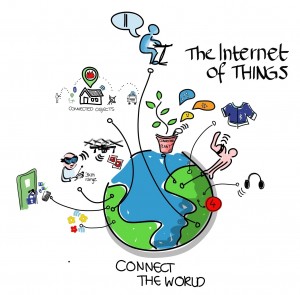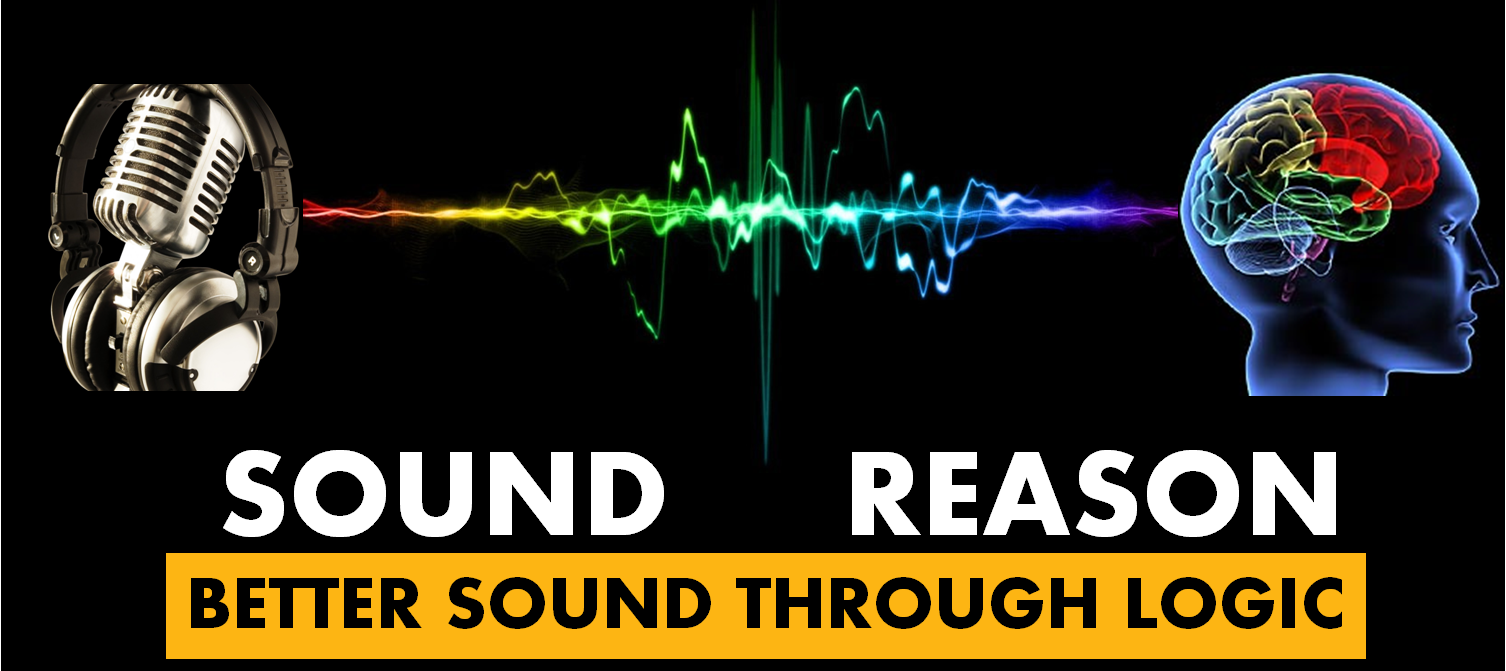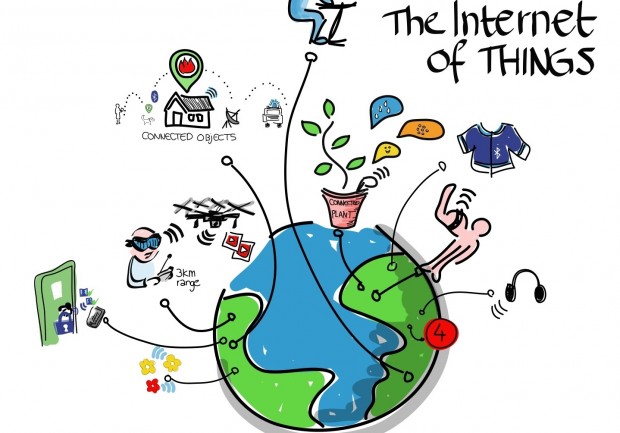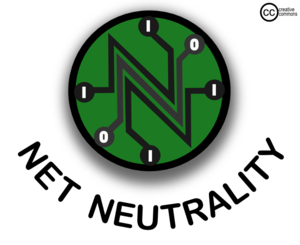 There’s a countdown happening throughout the United States right now that was once at the forefront of conversation, but has recently taken a backseat to other socio-political issues. Net Neutrality was a dominant topic as Spring 2014 turned to Summer, but the public outrage has subsided slightly. I have written extensively about the topic from the perspective of the commercial AV integrator, the impact it could have on 4K adoption, and how Netflix has set the precedent, but with CEDIA Expo 2014 just around the corner it felt like it was time to mention the residential community to make sure that they have voiced their concerns or will in the time that we still have left.
There’s a countdown happening throughout the United States right now that was once at the forefront of conversation, but has recently taken a backseat to other socio-political issues. Net Neutrality was a dominant topic as Spring 2014 turned to Summer, but the public outrage has subsided slightly. I have written extensively about the topic from the perspective of the commercial AV integrator, the impact it could have on 4K adoption, and how Netflix has set the precedent, but with CEDIA Expo 2014 just around the corner it felt like it was time to mention the residential community to make sure that they have voiced their concerns or will in the time that we still have left.
At InfoComm 2014 I hosted a panel on how the Net Neutrality concept of a pay for priority fast lane would impact the AV industry. One of the key takeaways from that conversation was the concept that while this could have a drastic affect on the future of video conferencing and unified communications, it was going to be up to the consumers to drive change and raise issues with the topic because they are a much larger voice, and carry more weight at the ballot boxes, than those of us in the commercial field. Essentially, an inconvenience in business brings on a headache, but the inability to access media and information at home would bring the fury of the populous.
What I’ve been looking for in the AV media leading up to this year’s CEDIA Expo has been a conversation that brings the importance of net neutrality, and the possible end result it could bring, together with the Internet of Things (IoT). This year has been a big year for IoT and the push to have the “connected home.” Google’s purchase of Nest was seen as a major move forward in this field. It seems almost weekly I’m seeing more images of Crestron integrated into people’s homes (or homes that celebrities are attempting to sell), but as was recently discussed on the AVWeek podcast, IoT is a force to be reckoned with when it comes to where the residential AV community is headed. The Internet of Things, in concept, gives you the ability to connect just about any electronic hardware from home media systems, to lights, to the ever popular joke – toasters – to your home network all for simple control with the push of a virtual button on your smartphone or tablet.
When I first considered the kind of impact that IoT might have on the Net Neutrality argument, it didn’t initially come to mind. My first thought was that these are devices that are going to live on an isolated, possibly closed loop, network inside each person’s home. Net Neutrality, on the other hand, is, at the most fundamental level, dealing with how data is going to get from source generation into your home. So why would the potential billions of devices involved in IoT be something that needs to be taken into consideration when looking at the future of the open internet? Because they aren’t designed to just live on a closed loop network, they are designed to be able to communicate with you anywhere in the world. These devices are engineered in order to be able to be monitored and controlled no matter where the controller is currently located.
While the hypothetical toaster or washer/dryer unit might only be hardware that you send commands to in order to initiate and receive a text from when the task is completed, there are dozens of other types of devices that are constantly reaching outside of the home network to either receive or share information with an external server. These might be things like a refrigerator informing your delivering grocery chain that you are out of milk and need a new carton, or a baby changing station that detects the weight of diapers in storage and transmits a need to a company like Amazon.com to remind you to restock. Both of those are hypothetical shopping examples based on the future possibility of where IoT is hoping to reach, but there is also the media aspect as well where your local devices would be communicating with an external server to ensure you had the most up to date content available at your fingertips when you returned home.
 Now picture the billions of devices that could be available to consumers in order to be installed in their homes. The devices will come from different manufacturers with different technological specifications. They will have different bandwidth requirements for communication and will each communicate at different times, but they will all eventually be required to communicate. If the FCC decides to implement the possible fast lane rule, where a portion of the existing internet bandwidth will only be available for those that pay to have their data treated with priority leaving the remaining portion for the rest of us, then what happens when we start connecting these billions of devices that are also looking to communicate across the internet? That already crowded road where we get our streaming media from Netflix and YouTube, along with our information from Google, Yahoo, and other news sites suddenly went from a standard morning commute to a highway nearing an absolute stand still. The more connected devices we have the more space we need for the information to transmit and be received.
Now picture the billions of devices that could be available to consumers in order to be installed in their homes. The devices will come from different manufacturers with different technological specifications. They will have different bandwidth requirements for communication and will each communicate at different times, but they will all eventually be required to communicate. If the FCC decides to implement the possible fast lane rule, where a portion of the existing internet bandwidth will only be available for those that pay to have their data treated with priority leaving the remaining portion for the rest of us, then what happens when we start connecting these billions of devices that are also looking to communicate across the internet? That already crowded road where we get our streaming media from Netflix and YouTube, along with our information from Google, Yahoo, and other news sites suddenly went from a standard morning commute to a highway nearing an absolute stand still. The more connected devices we have the more space we need for the information to transmit and be received.
That brings up the question of what can be done since July was the supposed end to public commentary. Well the truth is September 15th is the official deadline to submit commentary to the FCC, having been extended from the original date of September 10th. Apparently the 1.1 million comments submitted regarding the topic just accounted for the majority of the data the FCC wanted to sift through. As of yet, there have been no official responses to the comments that have been submitted at the highly publicized “public deadline” in July. In addition to extending the last day to submit commentary, the FCC has also announced that they will be hosing six roundtable discussions on the topic between September 16th and October 7th, meaning that the day following the close of public commentary, a series of conversations that will be streamed online will begin in Washington D.C. How ironic as one of the rules up for discussion could potentially eliminate certain people’s ability to watch that very stream.
To submit a comment to the FCC by September 15th go here
For more information on these roundtable discussions and to follow the live streams, you can see the FCC press release here.





Pingback: Net Neutrality Posts | Sound ReasonSound Reason